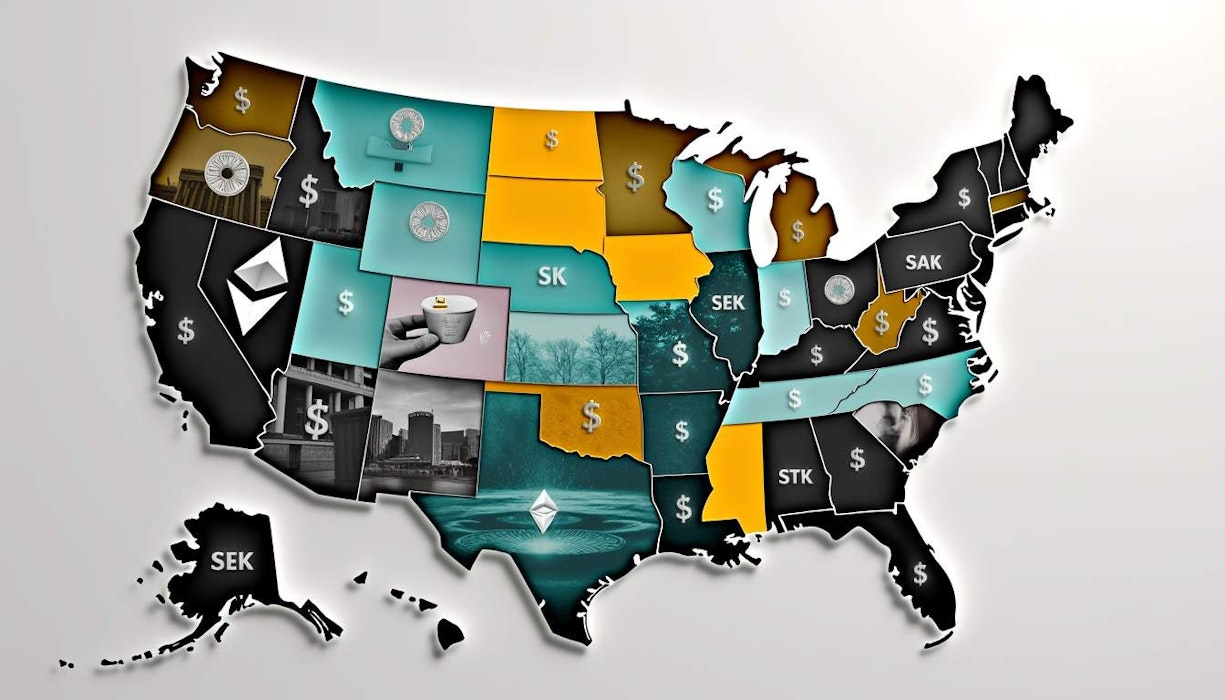As I dive deeper into the world of digital currencies, I've come to realize just how essential it is to understand the various crypto exchanges operating in the US. Whether you're just starting out or have been trading for a while, these platforms can be a bit overwhelming. This post aims to shed some light on why these exchanges matter, especially in times of economic uncertainty, and how to choose the right one for your needs.
The Basics: What Are US Crypto Exchanges?
At their core, crypto exchanges in the USA are platforms that allow users to buy, sell, and trade cryptocurrencies. They come with a host of features designed to make your trading experience as smooth as possible. But before jumping in, it's crucial to know what you're getting into.
The Good and Bad of Regulation
One thing that stands out about US crypto exchanges is their regulatory environment. On one hand, it’s a pain—there's a patchwork of federal and state laws that can dictate which exchanges you can use (hello Coinbase and Binance US). On the other hand, this regulation provides a layer of security that’s hard to ignore. Just make sure you’re aware of things like New York’s BitLicense before setting up an account.
Features That Matter
When choosing an exchange, several factors come into play:
Security should be at the top of your list. Look for platforms with solid track records and robust security measures—think two-factor authentication and cold storage options.
User experience is another biggie. If you’re constantly fumbling around trying to find where to execute trades or check balances, it might not be the right platform for you.
And let’s not forget about cryptocurrency selection. Some exchanges limit you to Bitcoin and Ethereum; others offer a cornucopia of altcoins.
Fees: Are They Worth It?
Trading fees can vary dramatically between platforms. For example, Coinbase has tiered fees based on your trading volume that might seem steep if you're just starting out but could be manageable if you're trading large amounts frequently. Just remember: unlike traditional banking fees—which can include fixed charges and percentage-based fees—crypto exchange fees are usually just a percentage based on your trade value.
Stablecoins: A Double-Edged Sword?
Stablecoins like USDC and Tether serve an interesting purpose—they're pegged to more stable assets (like the dollar) which makes them useful in countries facing hyperinflation. But they also come with their own set of risks; make sure you do your homework on what backs these coins before diving in.
Cross-Border Payments: The New Frontier
For small businesses needing efficient cross-border payment solutions, cryptocurrencies offer speed and low transaction costs compared to traditional methods like SWIFT (which can take days!). However, as with anything involving crypto, there are risks involved—especially when dealing with volatile currencies.
Summary: Do Your Homework
In summary, navigating US crypto exchanges requires some legwork but pays off if done correctly. By understanding things like regulatory environments and key features—and weighing them against potential risks—you’ll be better prepared to make informed decisions tailored to your trading goals.
